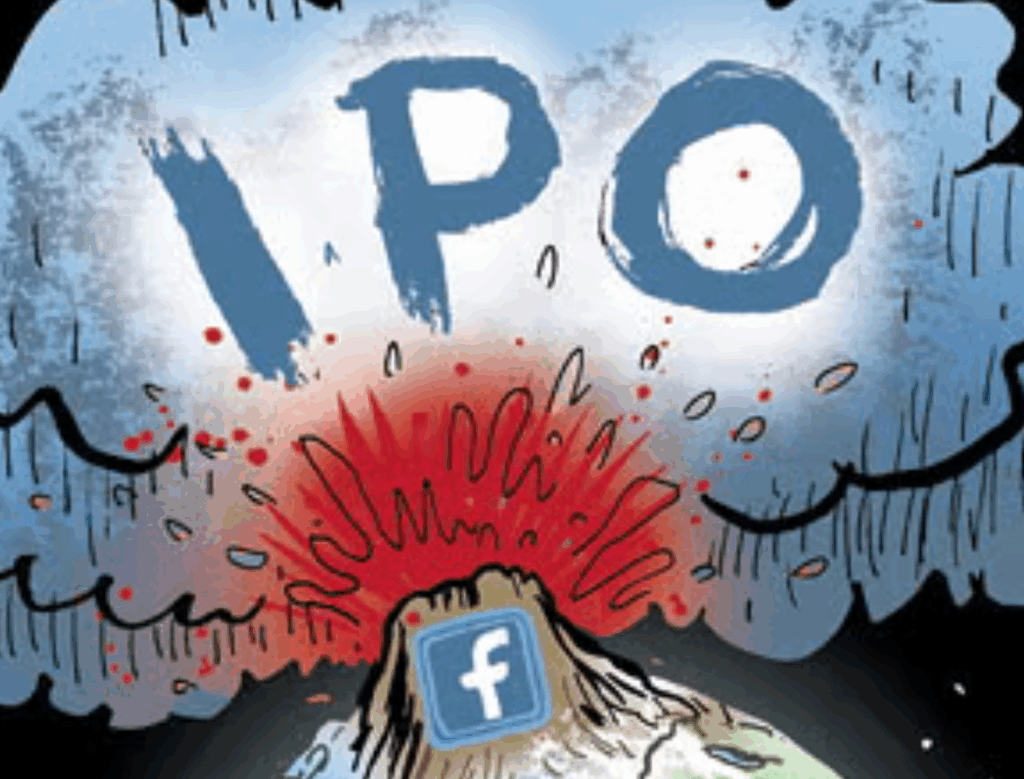 Typically the metrics of traffic, conversion and sales help gauge the success of ecommerce marketing efforts. But that doesn’t cut it anymore, say experts, who argue the biggest mistake CMOs make today is not seeing the big Internet picture.
Typically the metrics of traffic, conversion and sales help gauge the success of ecommerce marketing efforts. But that doesn’t cut it anymore, say experts, who argue the biggest mistake CMOs make today is not seeing the big Internet picture.
The real key performance indicators have less to do with a post-mortem traffic analysis and more to do with taking a pulse on what’s happening in real time, says Andrew Dennis, founder and CEO of NorthPage, a digital marketing agency.
Analytics are like a thermostat, Dennis says. “They can only tell you what the temperature is, but can’t tell you why,” he says. The mistake ecommerce retailers make is focusing only on the analytics and not enough on what’s behind the numbers.
Today’s measurement Holy Grails, according to Dennis, should be cause, friction, competition, and opinion. Together these proof points allow chief marketers to explore and tweak their ecommerce site’s fundamental vital signs to ensure healthy returns.
Here is a closer look at what ecommerce marketers really should be measuring, according to Dennis.
Cause is understanding what drives or hurts sales. Is it a misconfigured server, positive buzz on social media or a change in font size that is impacting traffic or conversions? “Chasing the cause and understanding why things have changed is really a key in ecommerce measurement,” Dennis says. “Cause is about asking why it is happening and not just what happened.”
Friction is about understanding how streamlined your ecommerce site is. For example, can you reduce the number of clicks it takes to complete a transaction. How easy is it for customers to follow email lead generation from their inbox to putting an item in a shopping cart. Is your mobile site burning a megabyte of your customer’s Verizon Wireless data plan?
Competition is about measuring your success against others. That way you know when a five percent holiday sales increase may not be something to cheer about when your competitors saw a 20% jump. “The beauty of the digital realm is your competitor’s designs and campaigns are on public display. Understanding what’s working for your near neighbors means never having to stare at a blank whiteboard and ask what should we try next?” Dennis says.
Opinion is the ability to know when your customer is singing your praises on Twitter or trash talking you on Travelocity. There are often good reasons why a CMO’s metrics disagree with their opinions about what should of worked, Dennis says. “The beauty of the Internet is everything is digital and all those opinions are out there for you to discover,” Dennis says.
Next, it’s all about taking action. Ecommerce sites need to tinker, fiddle, explore and experiment with each four of these parameters. The key is measuring different aspects of the ecommerce equation and understanding its impact on other aspects, Dennis says. Does white space reduce friction on product pages and change what customers are saying about you online? Now it’s time to check the thermostat to see how you’re doing.
Kevin Bishop, vice president, customer engagement solutions, IBM Commerce, agrees and has a similar aversion to the yardstick approach to defining success. “What separates the torchbearers from the market followers is appreciating the entire system of ecommerce and not just one part,” Bishop says.
“It boils down to knowing your customer, understanding their ecommerce journey and measuring the impact you’re having on them – rather than focusing on if they made a purchase,” Bishop says.
But, Bishop concedes, it’s not as if chief markers didn’t know these things were important. “What is different is our ability to fill in the blanks,” he says.
Tech trends and tools for measuring the success of marketing initiatives have evolved beyond web analytics reports, forecasting systems and social sentiment dashboards, he says.
For starters, Bishop says, IBM Commerce Insights offers tools that fuse Big Data analytics culled from customer data and business data and synthesizes them. That allows marketers to do real-time correlating of sales events on their ecommerce sites. Using Commerce Insights etailers can find the hidden connections between weak sales with what’s trending on Pinterest, a payment system that went offline and a cold front headed to the Northeast.
Other tools such as cookie-based behavioral targeting are getting smarter, allowing markers to not just see where their customers go online, but also to understand who their customers are and why they are buying from you or your competitor. That helps CMOs design a better customer experience and build more effective campaigns, Bishop says.
“There are 10 different reasons a woman might want to buy a dress. Maybe it’s for a wedding, a beach vacation, a prom or for work,” Bishop says. “If you can stop focusing on meeting your sales goal and instead know who the woman is buying a dress and understanding her ecommerce journey, by any measure, that’s good business,” Bishop says.



